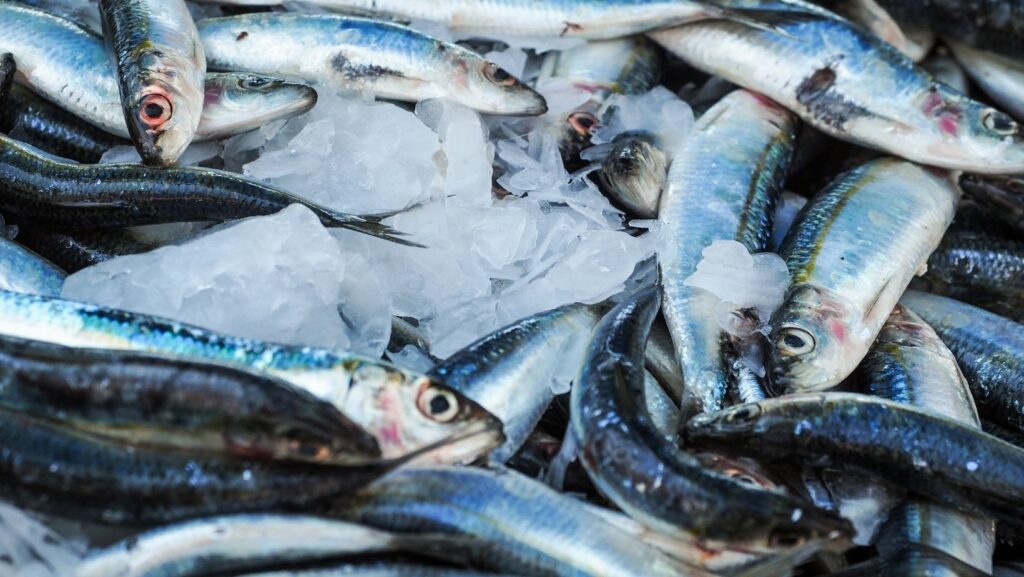I’ve always been drawn to the serene beauty of Strawberry Reservoir. Nestled in Utah’s Uinta National Forest, it’s a haven for anglers seeking a unique fishing experience. But what’s the secret to a successful catch here? That’s where Strawberry fishing reports come in handy.
Strawberry Fishing Reports

Strawberry fishing reports serve many purposes. For starters, they provide information on water conditions. This includes data such as water temperature, clarity, and water levels, all of which have a significant impact on fish activity. For instance, cooler waters often result in slower fish activity.
Next, they deliver valuable data on fish species. Reports can list species like Kokanee Salmon, Cutthroat Trout, and Rainbow Trout, renowned for luring anglers to Strawberry Reservoir. Knowing the species present can help plan the right fishing gear and bait.
Furthermore, Strawberry fishing reports provide insight into fishing techniques working best at any given time. Some days, trolling might offer the most success, while other days, it could be jigging, or perhaps dropper rigging. It’s crucial to adapt your fishing strategy based on this data.
Then, there’s critical information about fish movement in the reservoir. For instance, reports regularly update on whether fish are shallow or deep, which pertains to the water column depth the fish are occupying. If they’re deep, you’d want the line depth to match.
Top Spots for Strawberry Fishing
Strawberry Reservoir with its prime fishing spots makes for a highly exciting angling location. I’ve compiled a list of three top spots based on Strawberry fishing reports, offering a good mix of accessibility, fish abundance, and scenic beauty.
- Renegade Point: Known for its vast shoreline and numerous fish populations. Fishermen commonly spot Cutthroat Trout and Rainbow Trout here, proving it to be a favorable location.
- Soldier Creek: Prefer deeper water fishing? This east side location might be your pick. It’s home to Kokanee Salmon and known for its water clarity, contributing to a one-of-a-kind fishing experience.
- The Meadows: This spot offers shallow water with lush, green surroundings. Ideal for families, it facilitates easy accessibility and water teeming with Rainbow Trout, making it a popular choice.
In the end, it’s not just about finding the perfect spot but also understanding the challenges and nuances of Strawberry fishing, equipping you for the best fishing experience.
Utilizing Strawberry Fishing Reports in Trip Planning
 Firstly, they provide in-depth information on water conditions which I find instrumental in determining my fishing strategy. For instance, data on water temperature and clarity allow me to adjust bait types and fishing depths to match the present conditions. Consider this: trout usually thrive in cool, clear waters and tend to seek deeper pockets during warmer temperatures.
Firstly, they provide in-depth information on water conditions which I find instrumental in determining my fishing strategy. For instance, data on water temperature and clarity allow me to adjust bait types and fishing depths to match the present conditions. Consider this: trout usually thrive in cool, clear waters and tend to seek deeper pockets during warmer temperatures.
The reports also supply insight into the fish species currently populating the reservoir. This information helps me identify what gear and bait I need. Let’s say the report indicates a high population of cutthroat trout; I’d then gear up with lures and flies known to attract this species.
Finally, the reports cover the fish movement within the reservoir, offering information on where the fish are likely to be found during different times of the day or season. As the fish in Strawberry Reservoir aren’t static, patterns in their movement directly affect my fishing success. So, if a report suggests that rainbow trout are abundant near Renegade Point during early mornings, that’s where I’d head at dawn.
The Role of Anglers
So, it’s clear that Strawberry fishing reports are more than just a handy tool. They’re a game-changer for anglers looking to make the most of their time at Strawberry Reservoir. These reports are your roadmap to the reservoir’s waters, guiding you to the best fishing spots and helping you adapt your strategies according to the ever-changing conditions. Don’t just take my word for it – use these reports on your next trip and see the difference they make. After all, the proof is in the catch!

